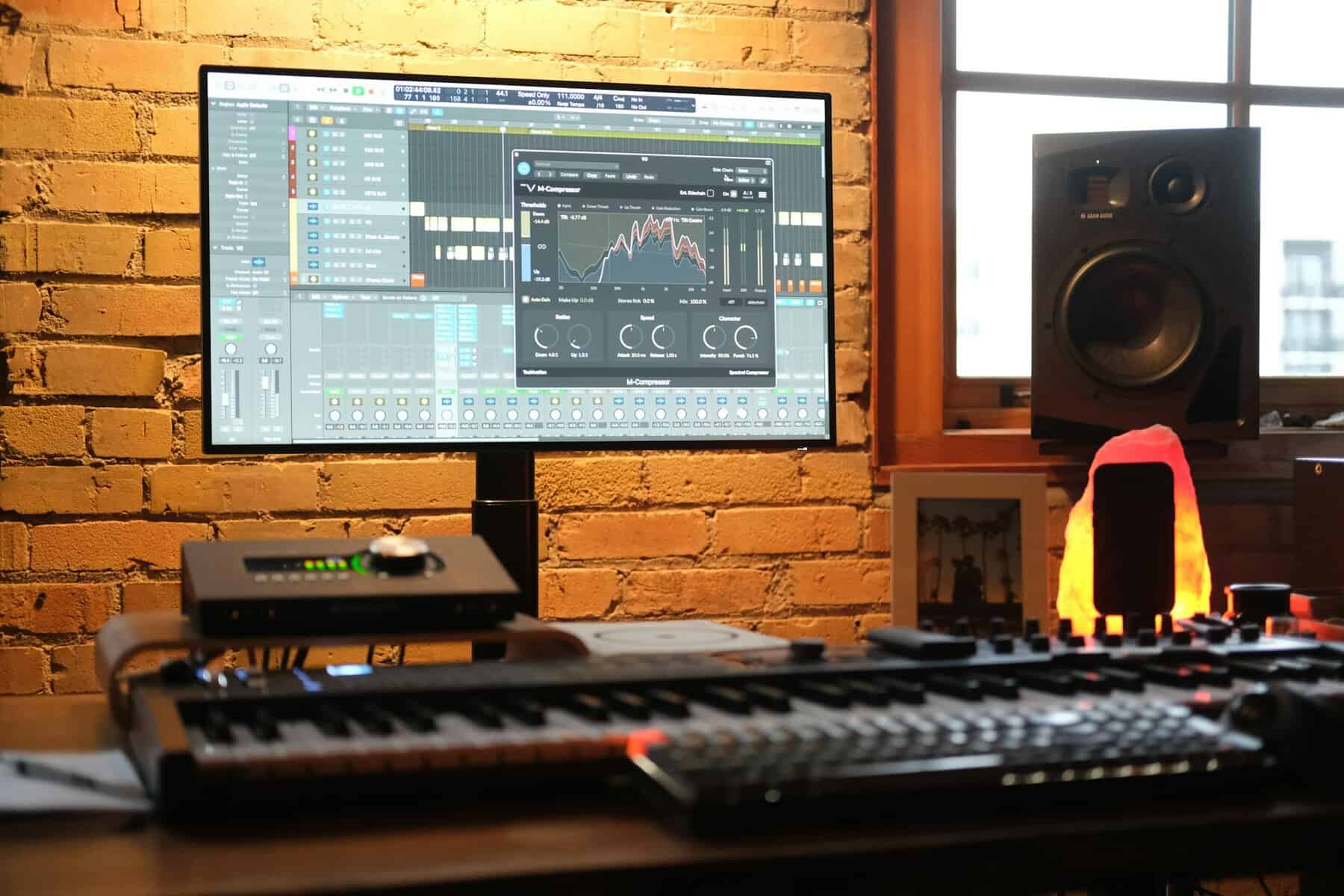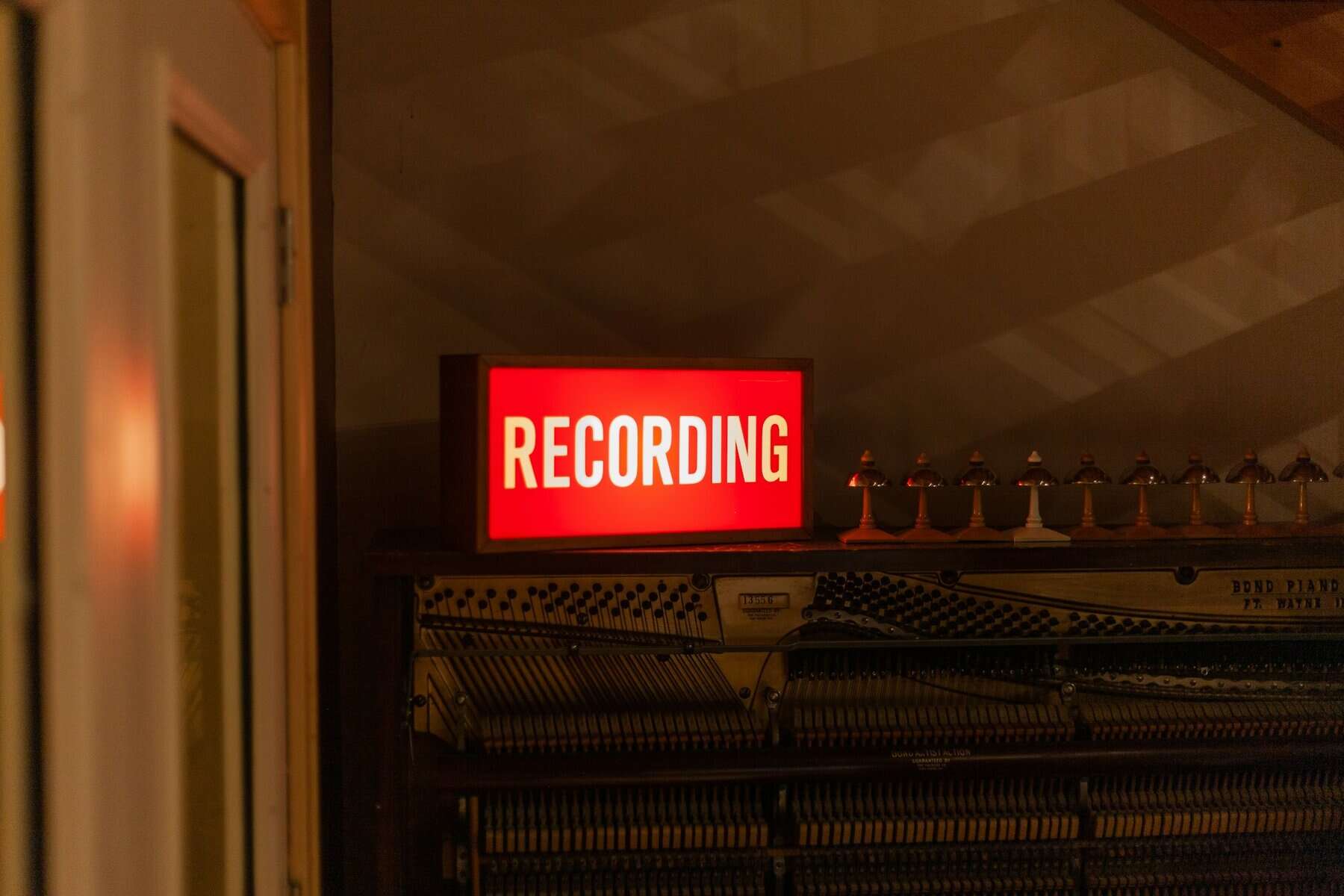Green screens open up a lot of creative options in video production, especially when you want to add custom visuals in post-production. Whether you’re working on a commercial, a promo video, or a jingle-focused campaign, a green screen can provide flexibility and a clean backdrop. But even a small mistake during recording can mess up the results and lead to a lot more editing work later.
From uneven lighting to poor clothing choices, people run into all kinds of trouble in green screen setups. These issues don’t just lead to longer edit times, they also affect how polished and professional your final product looks. If you’ve ever had weird halos around your subject or dealt with flickering edges in editing, you’re not alone. Thankfully, most green screen recording problems are easy to spot and fix once you know what to look for.
Uneven Lighting Mistakes in Green Screen Setups
When green screen recordings don’t come out right, uneven lighting is often the reason. If the green background isn’t lit consistently from edge to edge, it creates shadows or bright spots. These make the digital editing process harder and cause distortion around the subject during keying.
For example, if you’re filming a radio DJ standing in front of a green screen to promote a new campaign, and there’s a shadow on one side of the screen, you’ll probably end up with a messy edge around their body when trying to replace the background. This throws off the entire promo and adds hours to the post-production timeline.
Here are a few simple ways to fix lighting problems:
- Use soft or diffused lighting such as softboxes or LED panels instead of direct light. Harsh lighting causes glare and uneven exposure.
- Set up multiple lights evenly spaced on both sides of the green screen. Keeping the light balanced from each side helps avoid shadows.
- Adjust the distance between lights and the screen. This helps prevent hotspots or overly bright patches.
- Keep the subject a few feet in front of the screen to avoid casting shadows directly onto it.
Getting your lighting balanced before the shoot saves editing time and helps your green screen footage look smoother from the start.
Chroma Key Spills and Reflections
Spill happens when green light reflects off the background and bounces onto your subject. When that occurs, parts of the person or object may fade or get clipped during editing. This issue shows up most often on shiny clothing or items that reflect light back onto the person being recorded.
To prevent this, be mindful of these causes:
- Reflective clothing, especially metallic fabrics, can bounce green light onto skin or other body parts.
- Glossy props like phones or tablets can reflect the green as well.
- If the subject stands too close to the screen, more green light spills onto them from the background.
Here’s how to avoid green spill:
- Use non-reflective surfaces and materials throughout your setup.
- Increase the distance between your subject and the background to reduce the chance of light bounce.
- Angle lights so they’re not aimed directly at the green screen, helping to limit back reflection.
- Add backlighting to create visual separation between your subject and the green background.
Even tiny changes in lighting angles or clothing choices can save you hours of editing and produce a smoother video for your radio or jingle-based content.
Shadows and Wrinkles on the Green Screen
Your green screen setup is only as reliable as its surface. Wrinkles, folds, and shadows all lead to uneven keyouts that editing tools can’t cleanly remove. If your green screen looks wavy or has creases, it could end up creating strange blotches in your final footage.
Shadows are another issue. If a subject is too close to the screen or the lighting isn’t aimed properly, shadows will show up on the screen and affect how the chroma key removes the background. Flickering edges or blurry outlines are often the result.
To avoid these problems:
- Stretch the green screen fabric until it’s completely flat and smooth.
- Use clamps or secure stands to keep it tight and in place throughout the shoot.
- Position subjects a few feet away from the screen. This also helps with lighting and sound management.
- If possible, use a large green screen so you have more space for subject movement or wider framing without edge problems.
Keeping the surface neat and well-lit creates a cleaner, more professional final look. This is especially important when cutting together fast-paced visuals for jingle ads or radio-driven video content.
Wardrobe Mistakes That Mess With Your Green Screen
What your subject wears plays a big role in how your green screen footage turns out. If someone’s wearing green, any part of their clothing that matches the background will vanish when the background is keyed out. That means you could end up with floating heads or missing limbs, which looks unprofessional and distracting.
Shiny or reflective clothing causes similar issues. Light from the green screen reflects off the fabric and shines into the camera, which can create weird glow effects or transparent areas in your footage.
Here are some wardrobe tips for green screen shoots:
- Don’t wear green or anything with green patterns, no matter how light or dark the shade.
- Skip reflective accessories or materials like silver, chrome, or mirrored finishes.
- Stick with solid colors like deep blues, browns, or muted reds.
- If branded uniforms or costumes are part of the shoot, test them under your actual lights first.
Wardrobe choices influence how smoothly your footage keys out and how believable the composite background looks. This becomes even more important in jingle or voiceover-focused videos where distractions can pull the viewer’s focus away from the message.
Don’t Overlook Background Noise
While visuals matter, audio is just as important. Bad sound won’t be forgiven, even if your video looks good. A common problem in green screen recording is letting background noise leak into the shoot. HVAC systems, distant traffic, hallway echoes, or construction noise can all sneak in and mess with your audio.
Clean audio is critical for radio spots and jingle-based video content. If your voice can’t be clearly heard, the whole message may get lost.
Use these simple tips to cut out background noise before it becomes a problem:
- Use high-quality directional microphones that pick up only what’s in front of them.
- Record inside a treated studio space that’s padded with sound-absorbing materials like acoustic foam or fabric curtains.
- Keep your setup away from windows, vents, or other areas where outdoor or shared building noise might leak in.
- Limit the number of reflective surfaces in the room to reduce sound echoes and reverb.
Whether you’re syncing your green screen content to a catchy jingle or filming a voice-heavy promo, your audience won’t stick around if the audio is full of distractions.
Make Your Green Screen Projects Shine
Good content depends on solid green screen work. Many of the challenges we see can be fixed with smart planning and attention to details like lighting, spacing, background setup, clothing, and sound. When these details are dialed in, your editing becomes faster and your results more polished.
For businesses working on radio or jingle ads with visual elements, clean video helps tie the audio message to an engaging visual story without breaking viewer attention. A distraction-free green screen shoot helps your brand speak loud and clear.
If you’re aiming for clean, smooth results without the usual green screen mistakes, working in a controlled studio environment is the way to go. You’ll get better sound, steadier lighting, and a setup that saves you time in post-production for any local or national campaign.
Enhance your video projects with the perfect backdrop using a professional green screen studio rental in Cincinnati. Killerspots Agency provides the tools and expertise to elevate your video production, whether you’re creating jingle-driven content or dynamic promotional material. For top-quality results, give us a call at 513-270-2500 or reach out through our contact page.




















